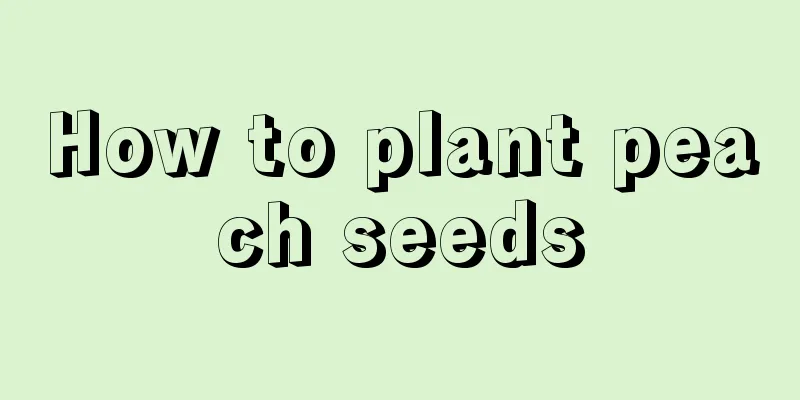Artificial propagation of termites and cultivation of Alternaria albuminata

|
Alpinia ternata is one of the four famous mushrooms in China. It is a wild mushroom unique to the southwestern Yunnan, Guizhou and Sichuan areas. It generally grows in termite nests . Here we will introduce to you the artificial breeding of termites and the cultivation of Alpinia ternata. Can Alpinia arborvitae be cultivated artificially? Because the ecological environment of Alternaria albuminosa is relatively complex, and most importantly, it must form a specific symbiotic relationship with termites, which makes it quite difficult to artificially cultivate Alternaria albuminosa. It was learned from the Kunming Forestry and Grassland Research Institute that the first Alpinia ternata mushroom emerged from an artificial termite nest cultivated in the institute's laboratory, marking the first time that Alpinia ternata mushrooms have been produced under artificial cultivation conditions in China's laboratory. Artificial propagation of termites and cultivation of Alternaria albuminata 1. Build a mushroom shed The mushroom shed is built in a place close to water source, with convenient transportation and fertile soil. The mushroom shed is east-west oriented, 100m long, 8m wide and 3m high. However, the specific size needs to be determined according to local conditions. 2. Breeding Prepare a culture medium by mixing 75% sawdust, 1.5% gypsum , 20% wheat bran , 140% water and 3% termite nesting soil. Then fill the bag with the material in a polypropylene bag (17×45cm in size) and disinfect and inoculate it. Generally, after sterilization, you need to put the mother culture of Alternaria japonica into the bag. 3. Planting When the mycelium grows out, it is planted in ant holes. Each ant hole can be planted with 15-18 plants. Then cover the lower part of the mycelium ball with soil. After planting, water it and pay attention to shading. 4. Post-management Keep the temperature at 25-30℃, the air humidity at 90%, the day and night temperatures should be around 10℃, and the ground temperature should be 25-27℃. Generally, it needs to be watered once a week. If there is a dry season, it usually needs to be watered once every 2-3 days. That’s it |
<<: Greenhouse soilless tomato planting technology management
>>: Ginger lotus cultivation method and planting time
Recommend
Cutting propagation of Ficus microcarpa
Cutting propagation method Generally, young branc...
How to plant and manage peanuts during flowering to achieve high yields (Key points of peanut flowering management technology)
1. Watering to fight drought Peanuts are deep-roo...
Hyacinth pictures
Hyacinth Archives Morphological characteristics o...
Disease and insect pest control of purse flower
Diseases The first is damping-off disease, which ...
Should I cut the money tree when its leaves turn yellow?
1. Should I cut it off? It is best to cut off all...
This kind of plant costs only 10 yuan a bunch on the market. Putting it at home can bring good luck and ensure safety!
Growing flowers is a way to cultivate one's c...
What is the difference between Actinidia arguta and kiwifruit? Is it wild?
1. Is it wild? Strictly speaking, the soft-fleshe...
How often should the Hulk be watered?
How often should the Hulk be watered? The Hulk ge...
How to cultivate Fire Festival Brocade
1. Soil Fire Festival Brocade is a Fire Festival ...
How to make daffodil leaves curl
1. Operation method 1. Remove the bulb. First, pe...
How many years does it take for a pecan tree to bear fruit?
The pecan tree has been planted for several years...
When does Strelitzia reginae bloom?
Strelitzia flowering period The flowering period ...
How many lucky bamboos should be planted in the living room to bring wealth? How to maintain them in the living room
1. Insert a few lucky charms 1. One: You can grow...
How to prune passion fruit? Techniques and methods
Passion fruit pruning time Passion fruit can be p...
Why can't crops be planted repeatedly? (You can tell which crops can't be planted repeatedly at a glance)
The reason why crops cannot be planted repeatedly...









